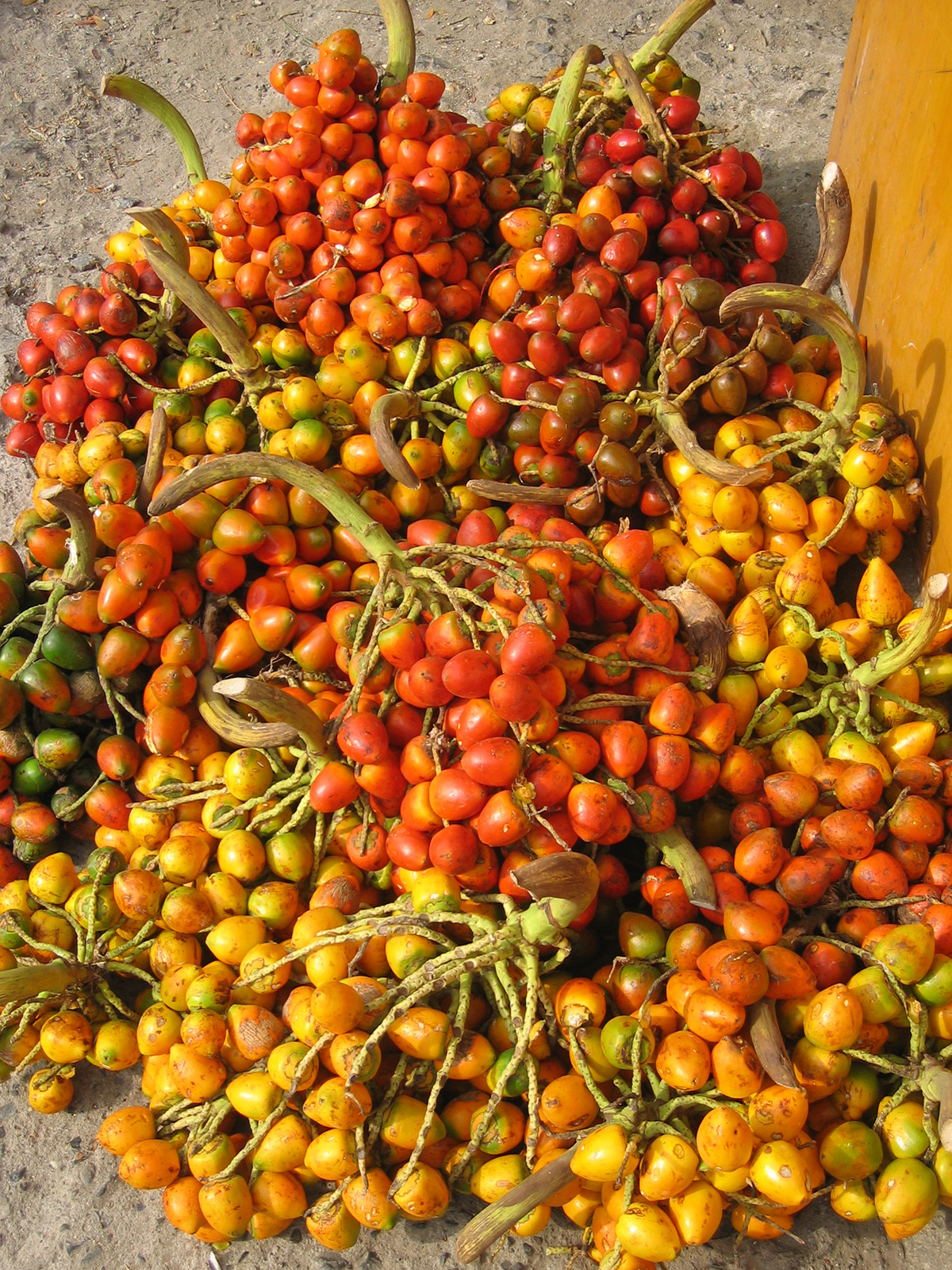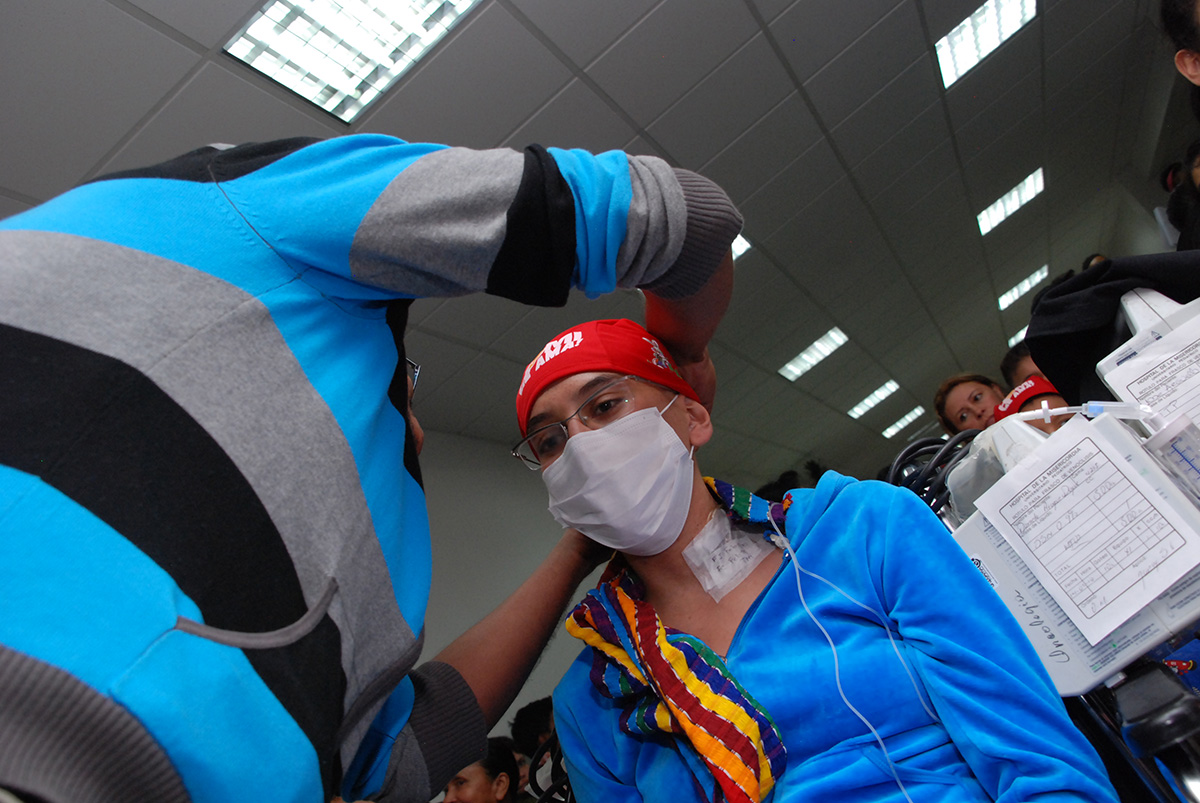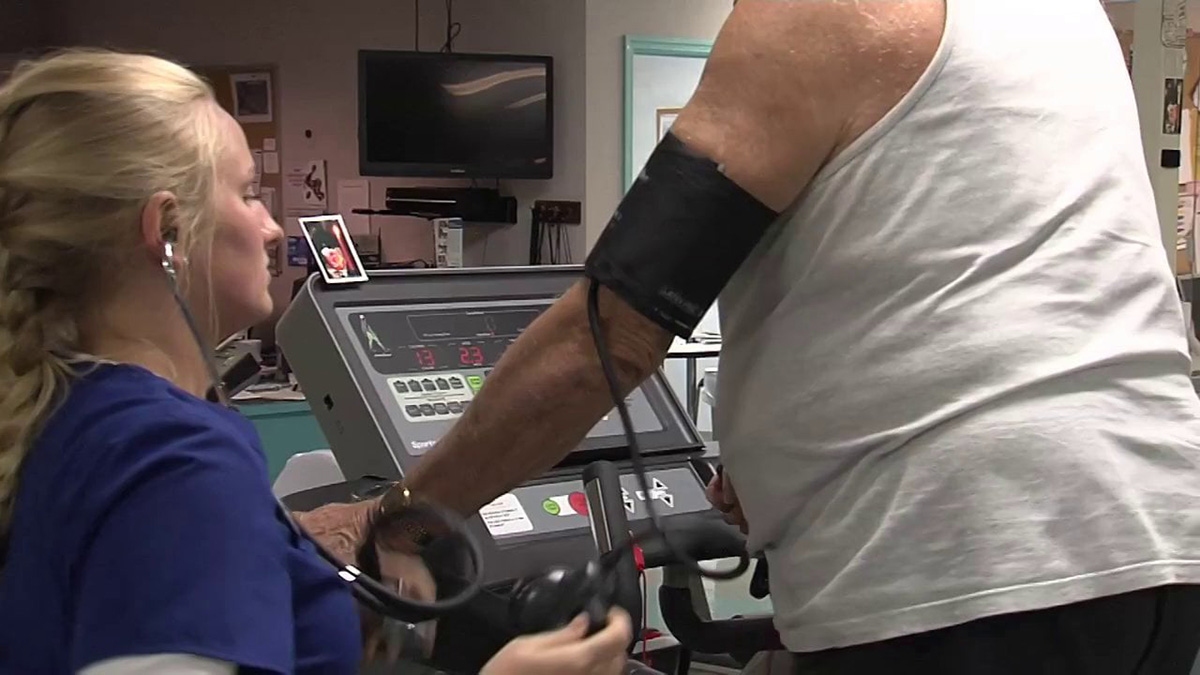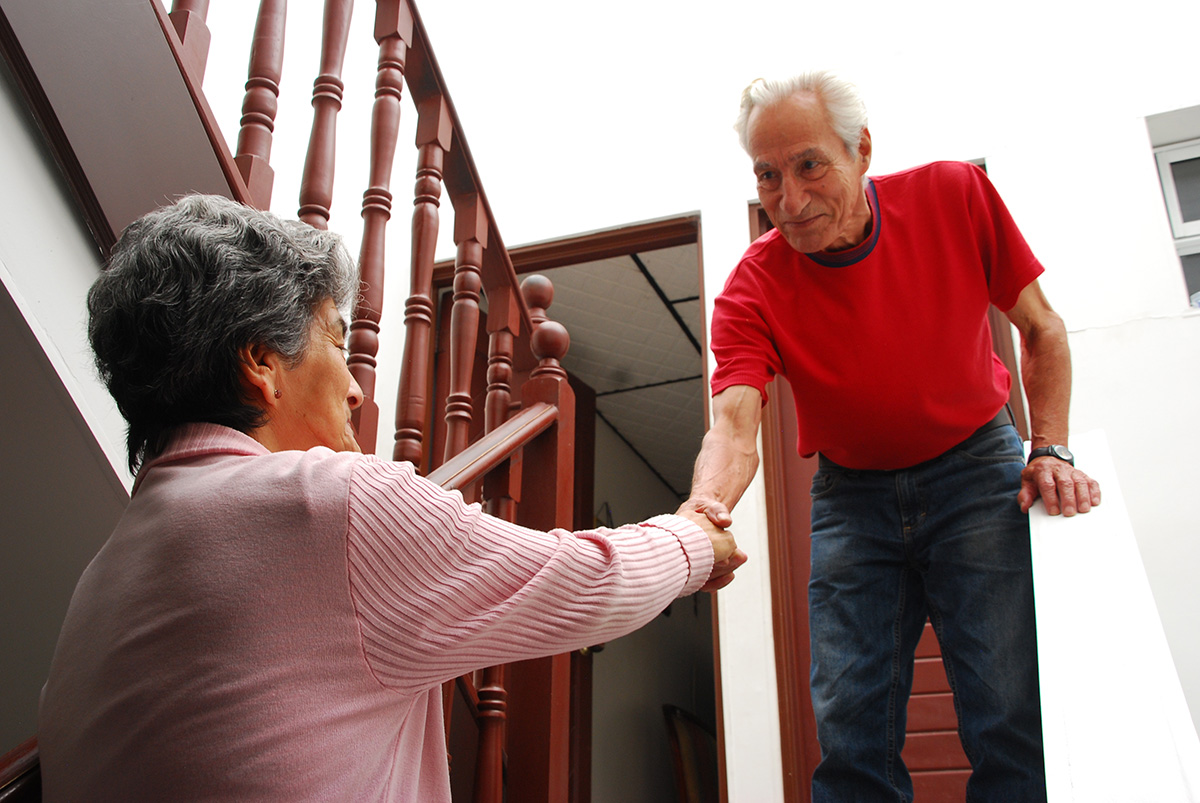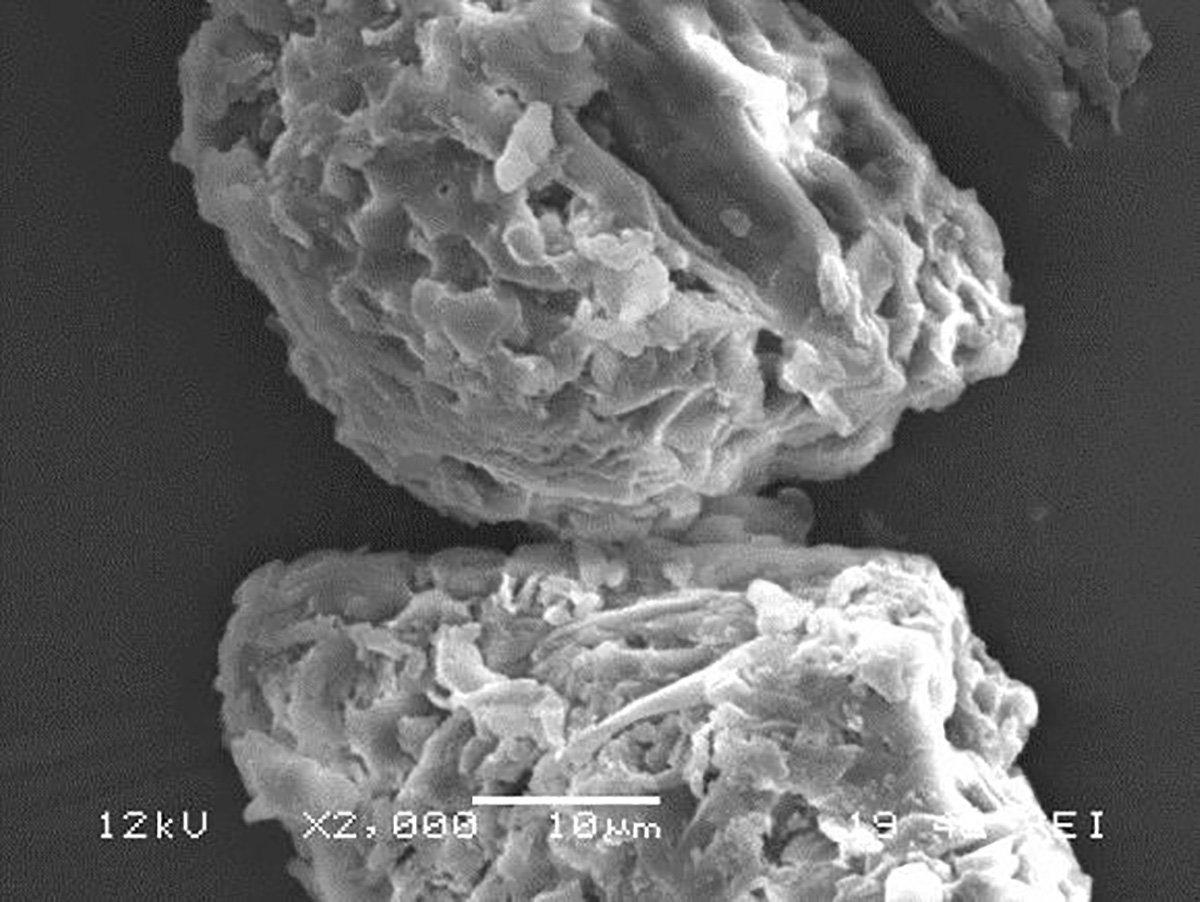To optimize the extraction process in regards to time, cost and efficacy Universidad Nacional de Colombia (UNal) in Palmira Agroindustrial Engineering undergraduate Jairo Alonso Velásquez-García combined two emerging technologies known as ultrasound pretreatment and supercritical carbon dioxide extraction.
In his project, Velásquez-García was supported by Agroindustrial Engineering master"s candidate Deivis Gutiérrez, and Faculty of Engineering Professors Hugo Martínez and Margarita Andrade.
Among the carotenoids extracted are beta-carotene "a vitamin A precursor which benefits the immune system and eyesight" and gamma-carotene, which contributes to chemoprotection and the prevention of heart diseases.
To combine these emerging technologies, peach palms are washed, disinfected and cooked to separate the mesocarp (pulp), then dried and ground to obtain a meal.
Then they carry out an ultrasound pretreatment; this treatment forms cavitation (the formation of empty space within a solid object or body) until the cells explode releasing its content.
The researchers discovered that this process favors the functionality of the obtained extract and diminishes extraction time by 37%. Therefore the process spends less money in solvents.
Afterward, they carry out the extraction of beneficial compounds using supercritical carbon dioxide, a more economical stage which does not produce contaminating residue.
"Some researchers still use organic solvents while we are using two emerging technologies to make the extraction more efficient. These methods have been applied separately but had never been combined providing a synergetic effect," said Velásquez-García.
In developing the project, they discovered that peach palm beneficial extracts lose their properties by 70% if exposed to room temperature and light. Therefore the researchers drew attention to the potential use of peach palm bioactive compounds to extend the useful life of products such as butter and yogurt, as they are stored at low temperatures and protected from light.
This research project won third prize in the Larkin Award for Food research projects recently carried out in Bogotá.
The researchers decided to work with peach palm out of southwest Colombia, as this region produces 80% of the total peach palms in the country.
This fruit planted in tropical areas of America in heights less than 1,000 meters above sea level (3,280 ft.), an annual rainfall between 2,000 to 5,000 mm and an average temperature of 22° C (71.6° F.)
 Correo Electrónico
Correo Electrónico
 DNINFOA - SIA
DNINFOA - SIA
 Bibliotecas
Bibliotecas
 Convocatorias
Convocatorias
 Identidad UNAL
Identidad UNAL



